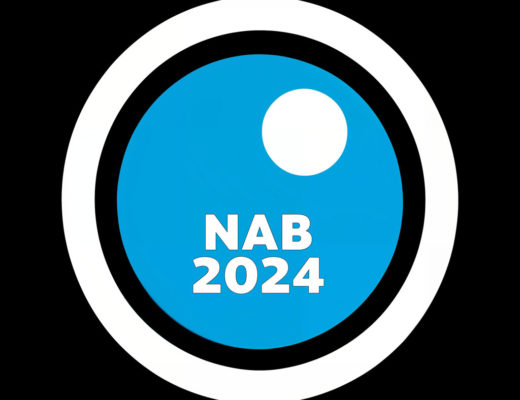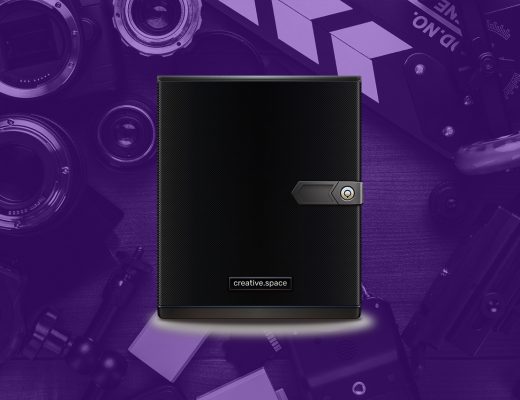A reader recently commented on my semantic advertising post with a great question: exactly how well does semantic advertising do compared with plain old contextual advertising? Can the difference be quantified in a way that’s independently verifiable?
It should be.
I understand why it’s not today. There are hundreds of advertising networks, each with their own techniques for targeting and placement, locked in frenzied competition in a young market with few barriers to entry, a constantly evolving technical landscape, and the desire to protect trade secrets and to maintain — how to say it? — creative license with how they market their advantages based on their own in-house tests and statistical evidence.
But as semantic advertising and contextual advertising mature and converge, the need for an industry-standard objective test of contextual/semantic accuracy becomes more pressing.
One solution would be the creation of a Semantic Advertising Contextual Corpus (SACC). This text corpus would be a collection of pages that provides lots and lots of cases of ambiguous keyword contexts. It should probably be broken down into different categories, such as travel or high-tech or consumer packaged goods (CPG).
Continues @ http://www.chiefmartec.com

Filmtools
Filmmakers go-to destination for pre-production, production & post production equipment!
Shop Now












